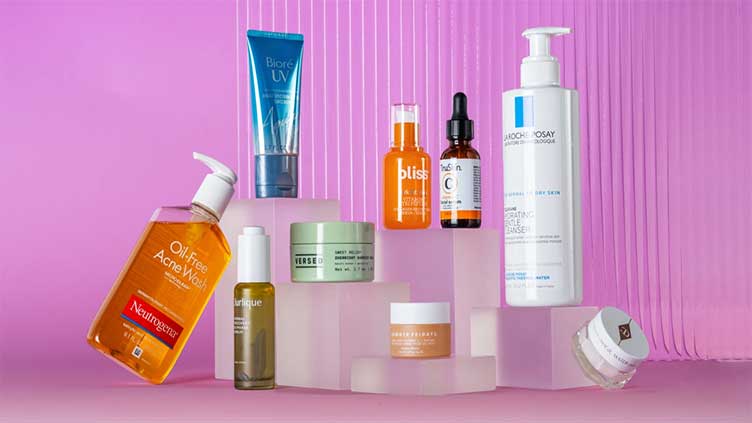Scientists discover cancer-causing chemicals in cosmetics

These chemicals are in products we use all the time, all over our bodies
(Web Desk) - A new study has identified cancer-causing preservatives in lotions, soaps, and cosmetics commonly used by Black and Latina women.
More than half of Black and Latina women in a recent South Los Angeles study reported using personal care products that contain formaldehyde-releasing preservatives. This is a serious concern because formaldehyde is a chemical known to cause cancer in humans. The findings reveal major gaps in how personal care products are regulated in the United States and highlight how these gaps can unfairly impact the health of women of color.
Until now, most of the public attention around formaldehyde exposure has centered on hair relaxers. Several recent studies have found links between these products and a higher risk of uterine and breast cancer, especially among Black women.
But this new research, published in Environmental Science & Technology Letters, shows that the problem goes far beyond hair treatments. Formaldehyde-releasing preservatives were found in a wide variety of everyday products, including shampoo, body soap, lotion, and even eyelash glue.
“We found that this isn’t just about hair straighteners,” says lead author Dr. Robin Dodson, an exposure scientist at Silent Spring Institute. “These chemicals are in products we use all the time, all over our bodies. Repeated exposures like these can add up and cause serious harm.”
Companies add formaldehyde to personal care products to extend their shelf-life. Formaldehyde-releasing preservatives are often used as an alternative—these are chemicals that slowly release formaldehyde over time and serve the same purpose.
To understand the use of these chemicals in products, the researchers recruited 70 Black women and Latinas living in the Los Angeles area and asked them to track their use of personal care products over a period of five to seven days.
Each time participants used a product, they logged the information using a smartphone app developed by Silent Spring. The app also prompted the participants to take a photo of each ingredient label.
Co-author Dr. Elissia Franklin, an analytical chemist at Silent Spring, says previous studies on people’s use of personal care products have relied on imprecise surveys, asking participants questions like, “Did you use lotion in the past 24 hours?” But lotions can vary widely: some might have a few natural ingredients, like beeswax and shea butter, while others might have many toxic chemicals like formaldehyde releasers, phthalates, and parabens, says Franklin.
“We wanted to capture all that information,” she explains. “Everybody uses lotions. Saying ‘I used lotion’ is like saying ‘I am human!’ We wanted a much more detailed picture—an accurate reading of all the chemicals in that lotion, and any other products the women were using.”
To get that reading, the researchers used optical character recognition technology to translate each product label photo into plain text. The team analyzed over 1,100 products, looking for formaldehyde and formaldehyde releasing preservatives in the products’ ingredient lists.


